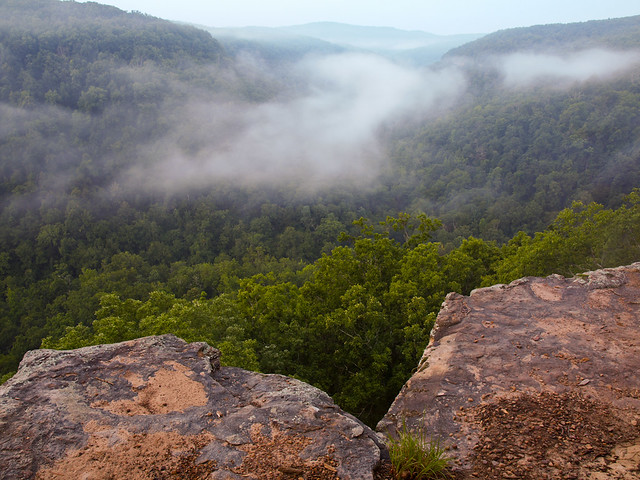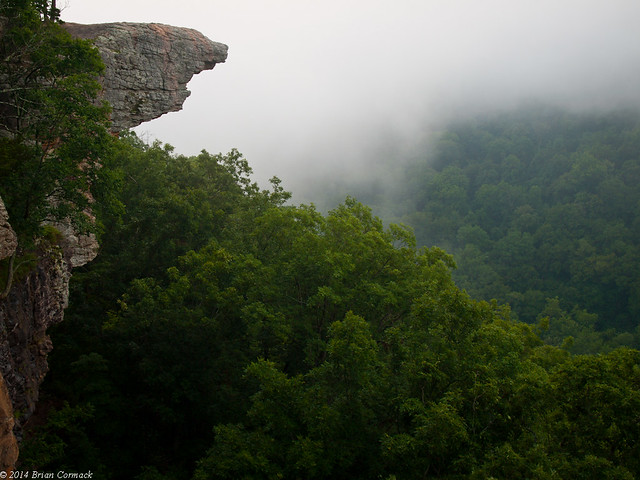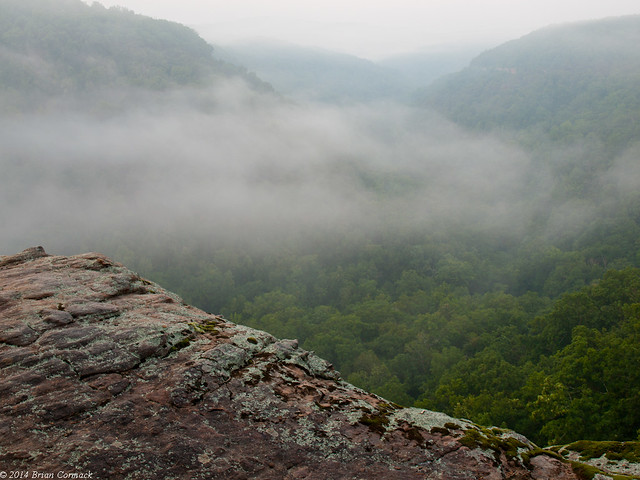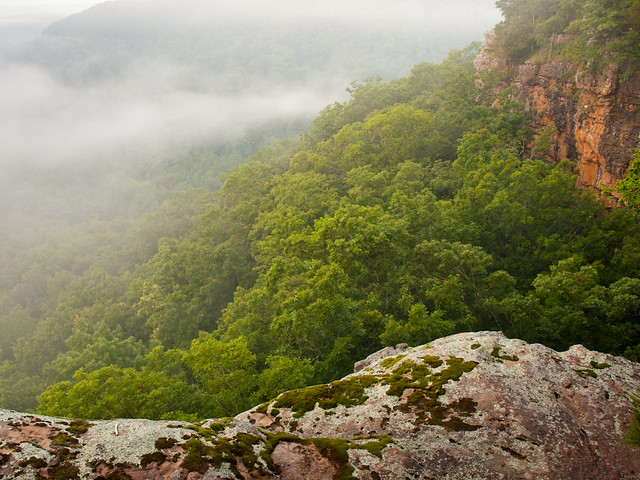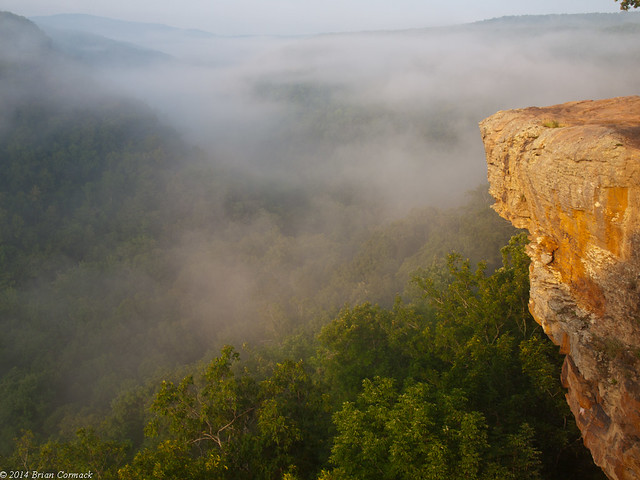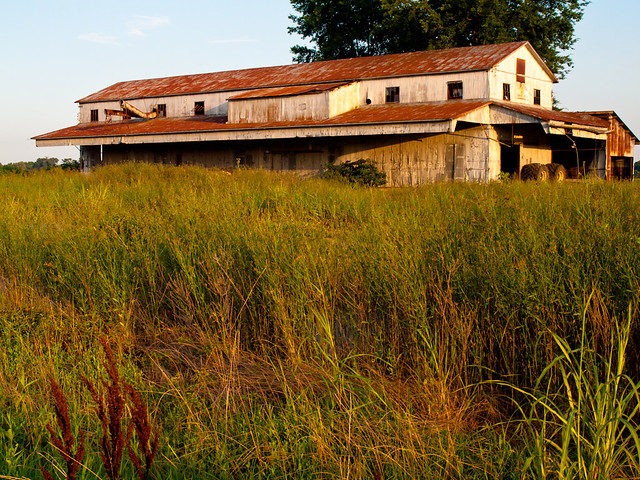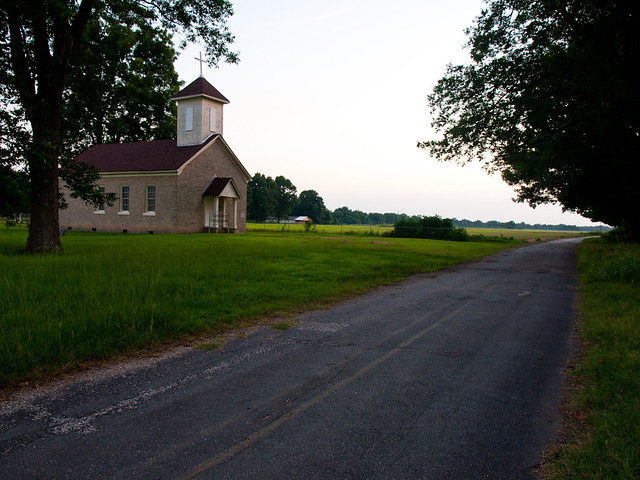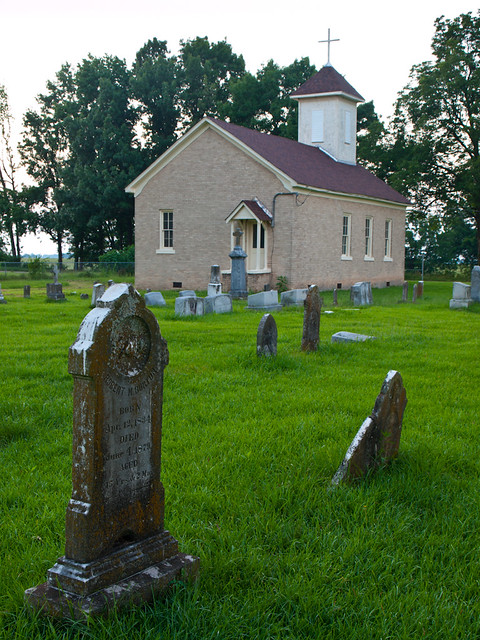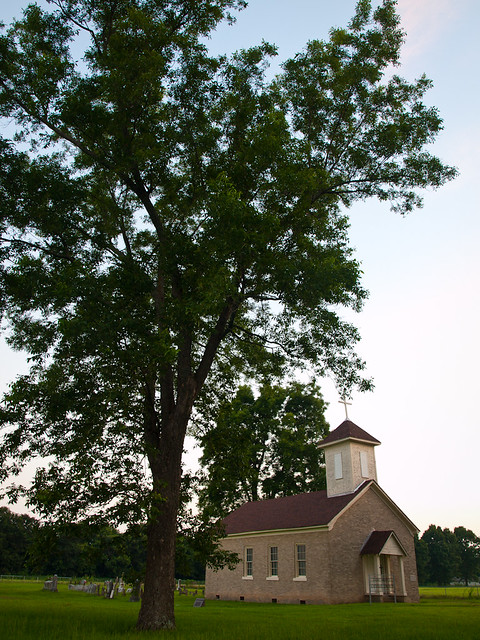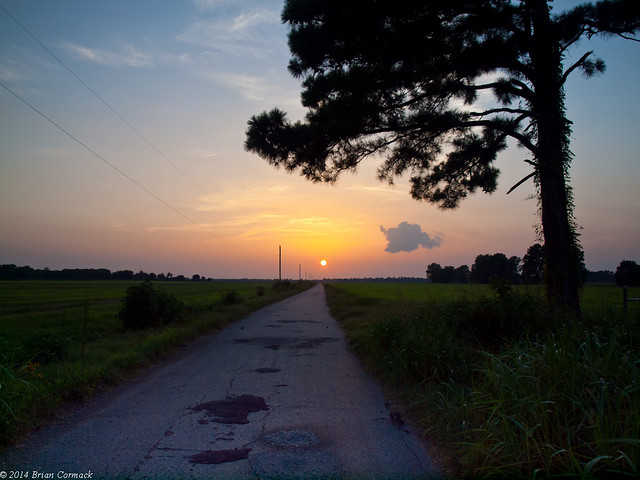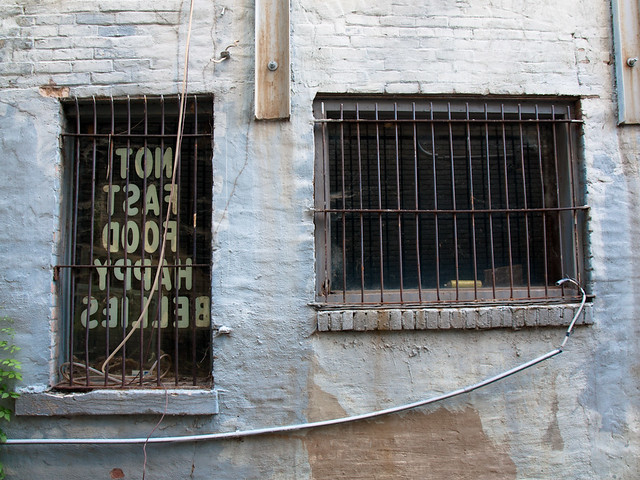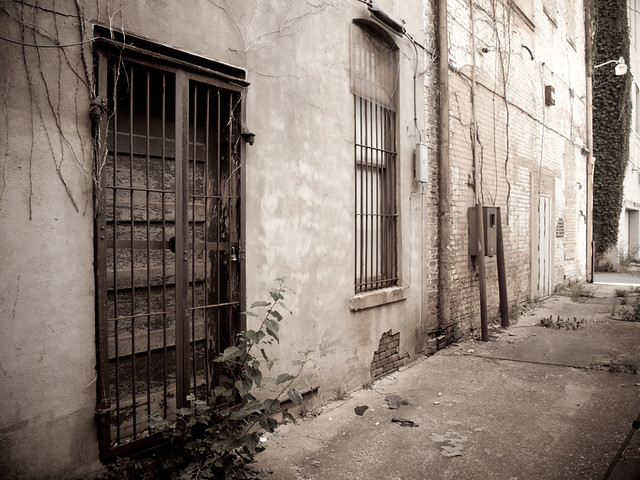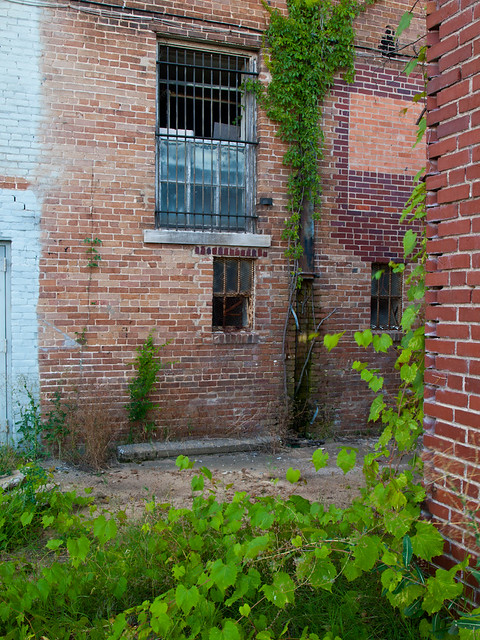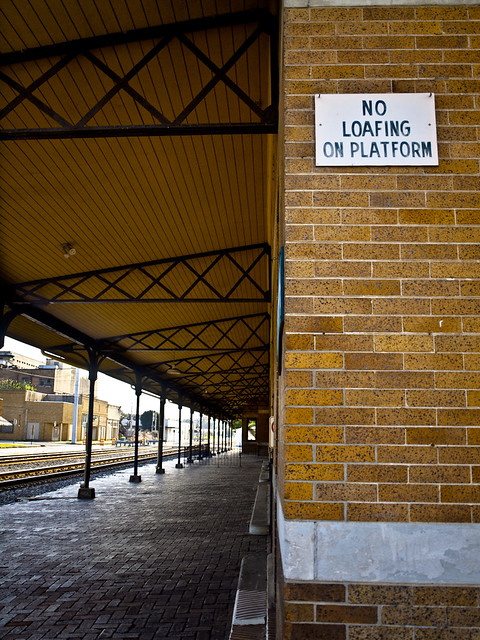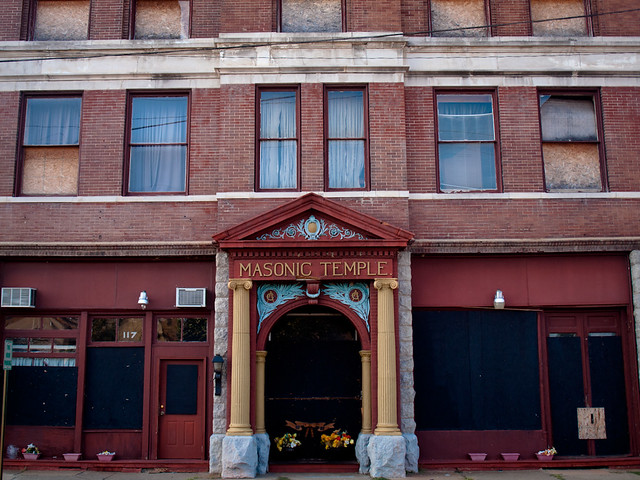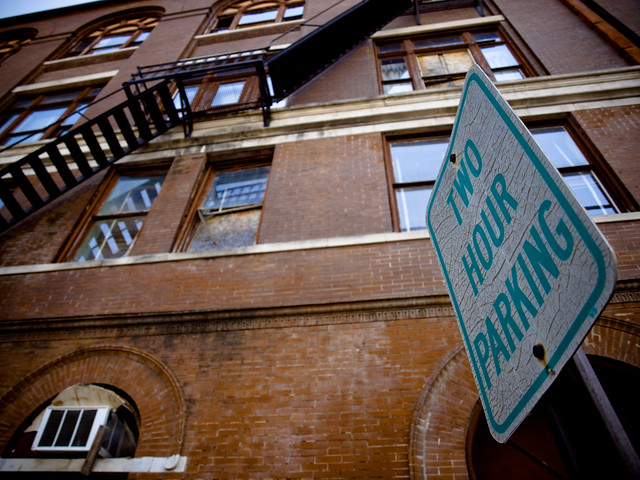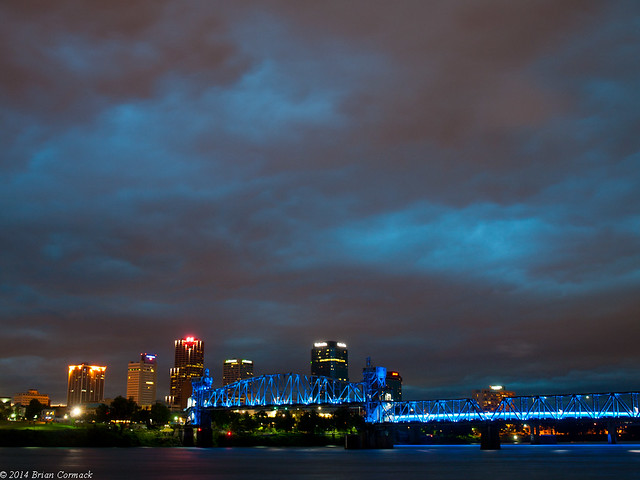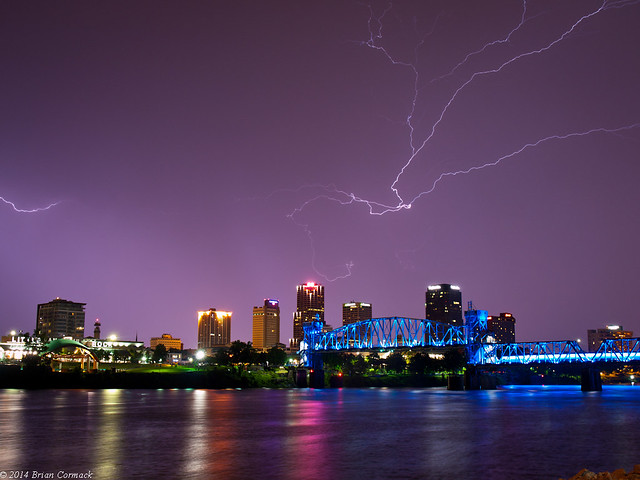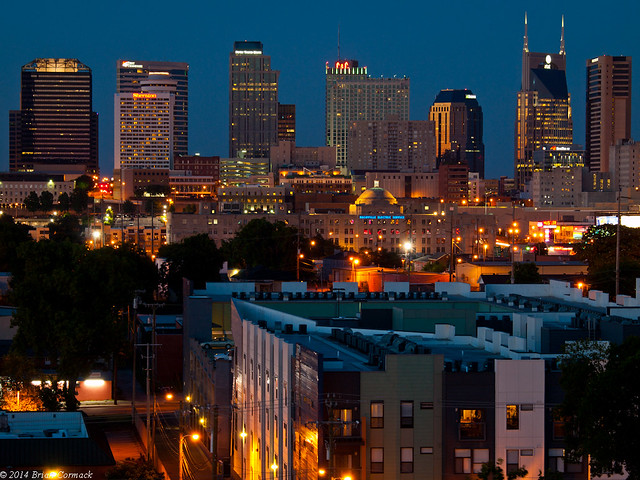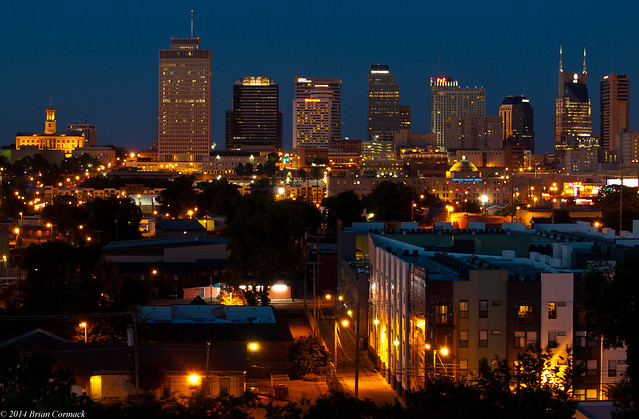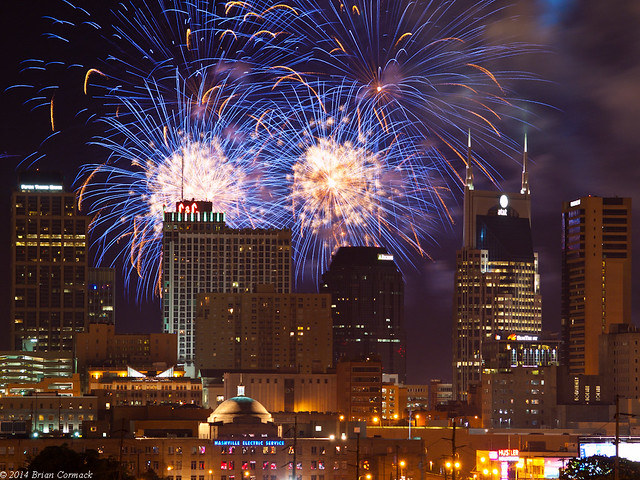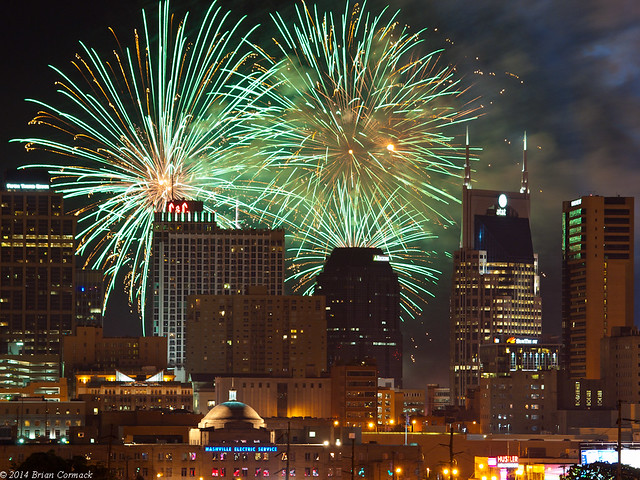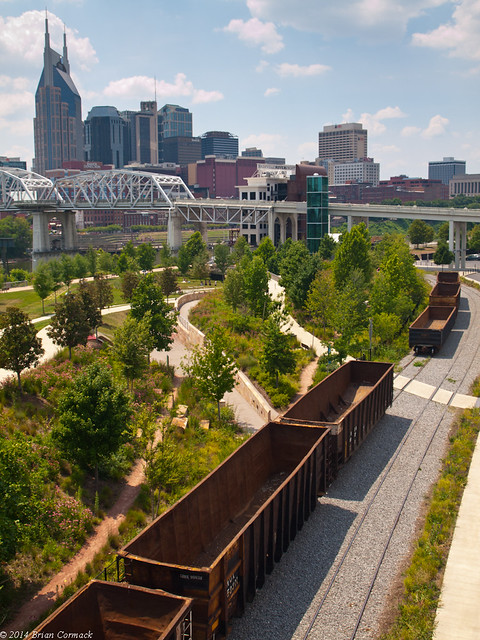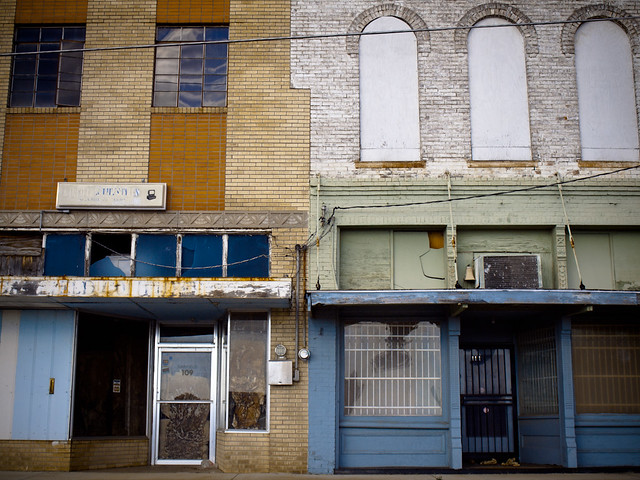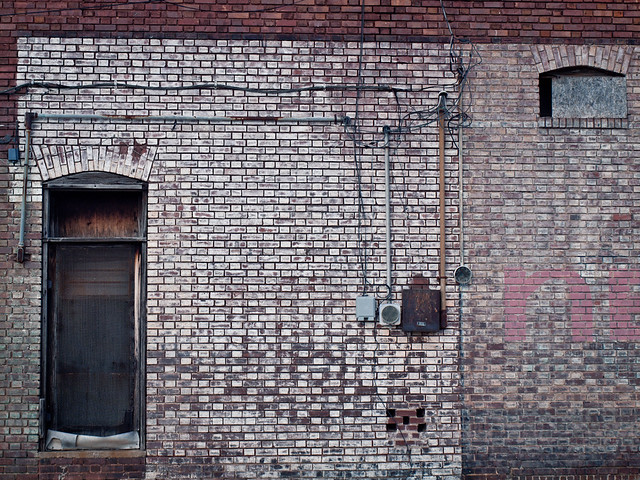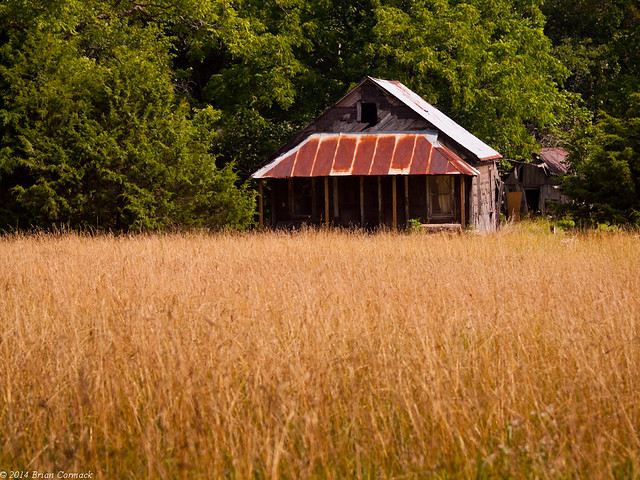
And we drove by this old home, which looked like it was abandoned a long time ago (except for a few washing machines being stored inside).
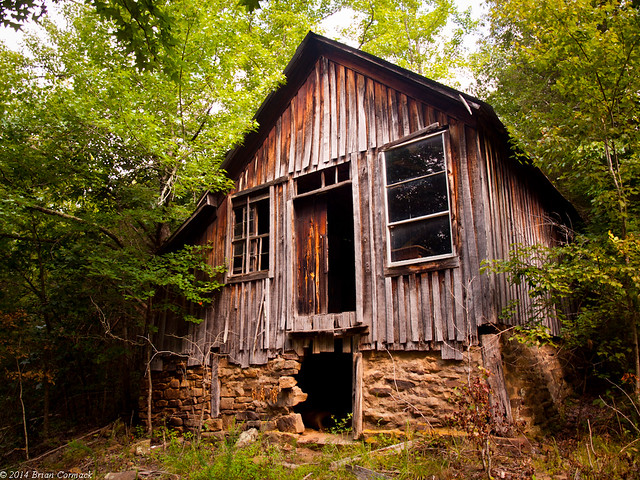
And tucked away in a clearing in the woods was this old church, which has a wheelchair ramp so it must be used occasionally still.
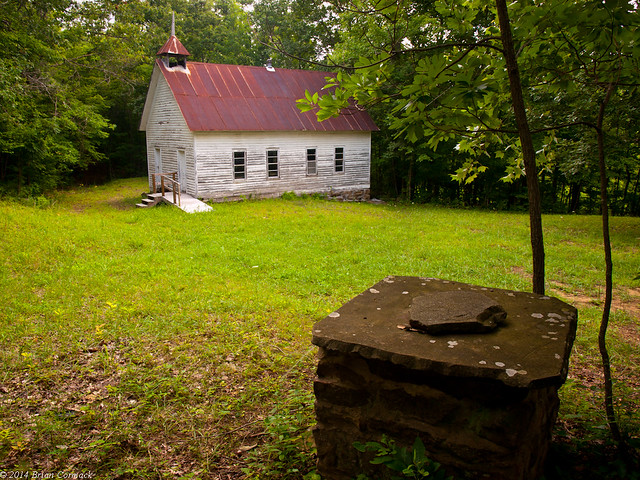
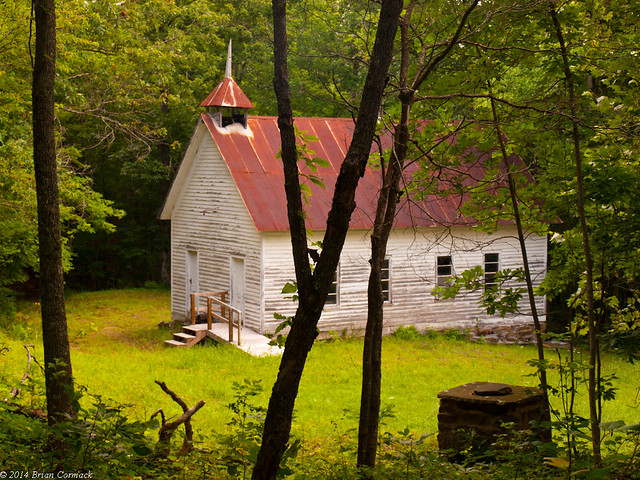
We went by this old place, which had a sign saying it was the Loy Community Center. I tried to do a Google search for Loy, Arkansas, and got no results. Well nothing except for info about a crazy politician from Arkansas named Loy Mauch who got in trouble a few years ago for saying that slavery was good. Luckily he was voted out of office and hasn't been heard from since.

From there we dropped down to Boxley Valley, along the Buffalo National River. We stopped at the old Beechwoods Church, which sits back in the woods near Lost Valley. It's a place that you would never expect to find, the road leading in looks like the driveway to someone's house. But it leads to an old church, built in 1918. The cemetery in front of the church holds graves of some of the oldest families in Boxley.
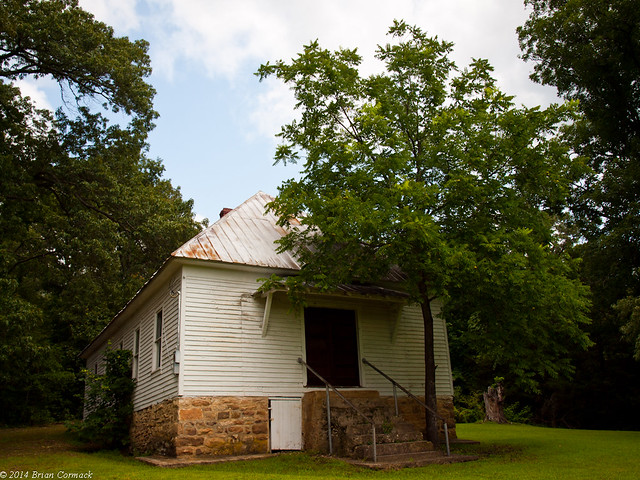
The door was open so we went inside for a look. Now the church is only used for special occasions, but still has a pulpit and pews.
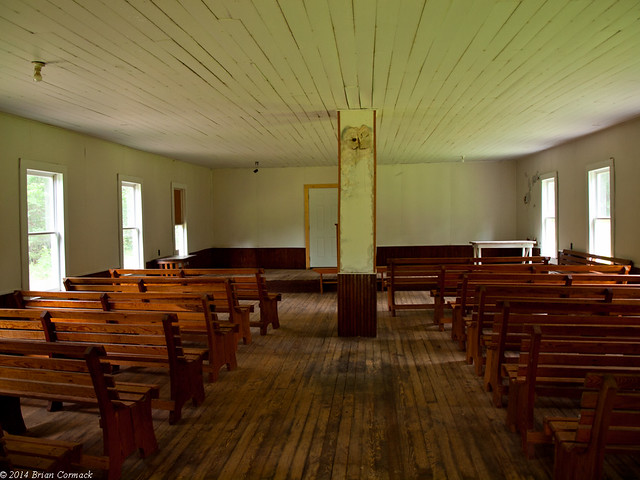
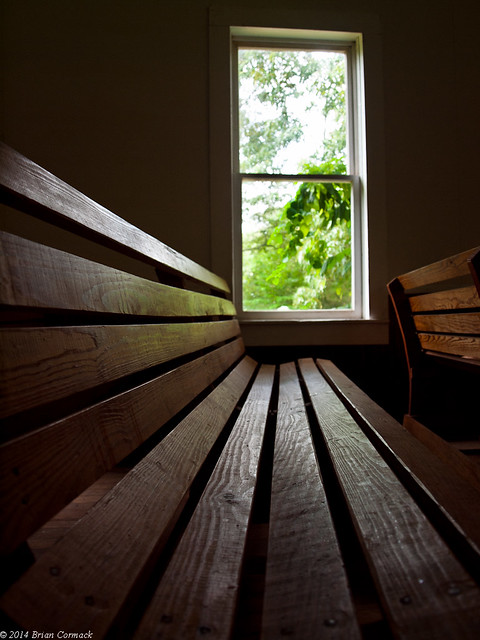
And from there we headed to Jasper for the traditional lunch at the Ozark Cafe, before heading back home.

